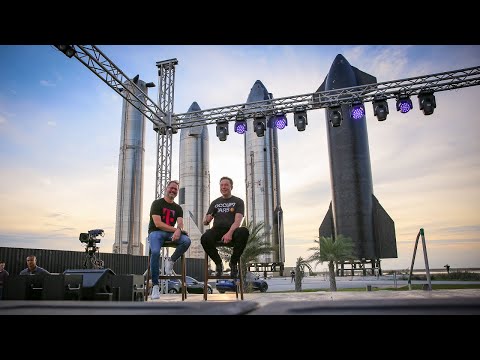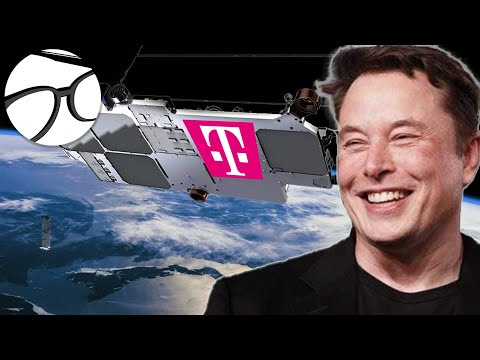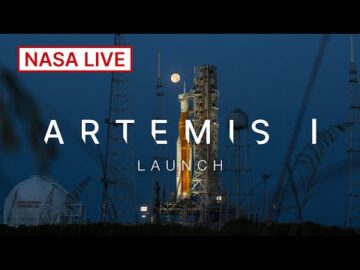SpaceX and T-Mobile will put cellphone antenna emulators into the Starlink Gen 2 satellites. T-Mobile will give SpaceX Starlink part of their cellphone spectrum. On Thursday, August 25 at Starbase, SpaceX Chief Engineer Elon and T-Mobile CEO and President Mike Sievert said T-Mobile and SpaceX will work together to increase connectivity.
Starlink will amplify and repeat cellphone signals. This will enable text messages to be sent globally. The antenna will be about 25 square meters. It will enable 2-4 megabits of communication for the entire cell. But the space based cells will be huge. So a lot of people sharing low levels of data. Again, this is why they will start with just text messages. This provides basic coverage to areas that are currently completely dead.
Eventually, Starlink will have 30,000 Gen 2 satellites. This would then enable 60-120 billion bits per second. IF, they could have 30,000 cells (one per satellite) with a complete Gen 2 constellation. 197 million square miles of area on the Earth. 6500 square miles per area covered by each Gen 2 satellite. If there are four times as many Gen 3 satellites, then the coverage shrinks to about 1600 square miles.
This will eventually enable voice and data.
It would enable basic messaging to be made around the world and will be great for remote areas and for emergency messaging.
SpaceX may make a Gen 2 mini satellite for launching on the Falcon 9.
Starlink will eventually handle backhaul communication for t-mobile. This would be especially useful for remote areas instead of adding a rarely used celltower.


Brian Wang is a Futurist Thought Leader and a popular Science blogger with 1 million readers per month. His blog Nextbigfuture.com is ranked #1 Science News Blog. It covers many disruptive technology and trends including Space, Robotics, Artificial Intelligence, Medicine, Anti-aging Biotechnology, and Nanotechnology.
Known for identifying cutting edge technologies, he is currently a Co-Founder of a startup and fundraiser for high potential early-stage companies. He is the Head of Research for Allocations for deep technology investments and an Angel Investor at Space Angels.
A frequent speaker at corporations, he has been a TEDx speaker, a Singularity University speaker and guest at numerous interviews for radio and podcasts. He is open to public speaking and advising engagements.






